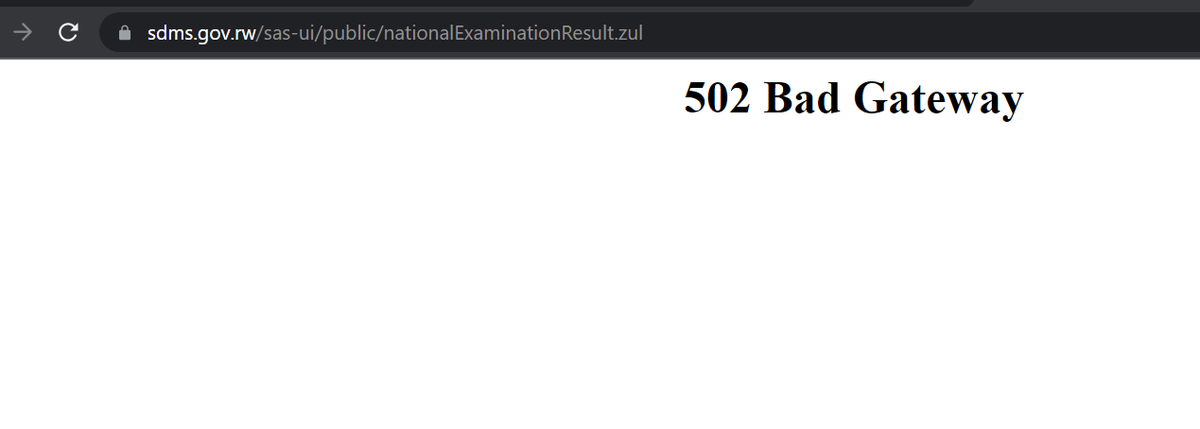NESA Rwanda Exam 2023 Results is the work of the National Education and School Inspection Authority of Rwanda. This statutory body organises and runs school inspections and examinations (P6, S3, S6 GE, TVET or TTC) and reports on them to the people and govt of Rwanda.
IMPORTANT: We are an education blog and do get some visitors from Rwanda and Africa, generally. This article serves as an info-service for our visitors from the beautiful country of Rwanda.
Check out the latest on Rwanda's NESA exam results 2023, click here.
When will NESA national examination 2023 results come out?
The National Education and School Inspection Authority released the Rwanda NESA result in 2023.
Meanwhile, students log in to the exam portal or use SMS to get their results for P6, S3, S6(GE), TVET and TTC for 2023.
Note that NESA released the 2022 exam results on Tueday, September 12th 2023. Parents, teachers, students and all stakeholders have been waiting for the 2022/2023 NESA results to come out. It is out now and everyone should check their results online or via SMS. Read on to find out how to check NESA EXAM RESULTS.
Visit this page for more updates...or check this website for more info on Rwanda Schools and Results.
The S6 and P6 results should be available anytime from now.
If you want to follow-up, go to the:
- SDMS result page (https://www.sdms.gov.rw/sas-ui/public/nationalExaminationResult.zul),
- www.mineduc.gov.rw result 2023 or
- use the steps above to check if your results.
For the 502 Bad Gateway, see below why it happened.
NESA Rwanda Exam 2023 Results
The National Education and School Inspection Authority (NESA) of Rwanda has a nice website with up-to-date information for exam takers, schools and other stakeholders.
If you would like to check your results ONLINE or by SMS, you'll find the steps below helpful.
How to Check NESA 2023 Results?
Go to >>> http://results.nesa.gov.rw
1. Choose a 'Level' (P6, S3, S6 GE, TVET or TTC),
2. Enter 'Registration' Number (Your candidate/index number)
3. Click on the blue 'search button'
Now your selected NESA National Examinations Results will appear. You can download the result or print it for future use.
How to Check NESA Rwanda Exam 2023 Results by SMS?
Students can access their 2023 NESA Rwanda exam results by SMS to 4891.
P6, S3 and S6 – index number and send SMS to 4891. Here is how to do it:
1) Open your text message box.
2) Enter the SMS number: '4891'
3) Enter 'level' and 'registration number (NO SPACE)
4) Press 'send'.
There may be a network charge for this service, your results will be sent to your phone.
Contact NESA Rwanda
Contact NESA by email info@nesa.gov.rw or reach the Rwanda Ministry of Education on Twitter via the handle @Rwanda_Edu
We hope you find this info helpful. If you are coming from Rwanda, please leave a message below and let us know what you think. This will help us to provide the relevant information in regards to the NESA Exam Results from your country.
We would advise you to check out NESA website for any latest news and updates in regards to the 2023 NESA Exam Results.








